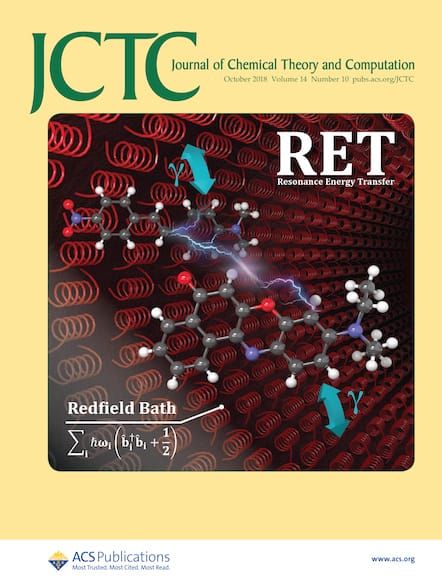A Binding Site Competition Model for Relative Sliding of Antiparallel Microtubules Mediated by Kinesin-4 Motors and PRC1 Proteins.
IF 5.5
1区 化学
Q2 CHEMISTRY, PHYSICAL
引用次数: 0
Abstract
The dynamic behaviors of the mitotic spindle composed of antiparallel microtubules (MTs) are critical for the successful completion of cell division. Motor proteins kinesin-4 and MT cross-linking proteins PRC1 can cooperatively regulate the length of antiparallel MT overlaps. However, the physical mechanism of relative sliding of the two MTs by the two types of proteins to regulate the overlap length is unclear. Here, using both the theoretical analysis and numerical simulation, we first study the clusters at MT plus ends formed by kinesin-4s alone and those formed by kinesin-4s and PRC1s, where a kinesin-4 and a PRC1 can form an unstable complex. The forward movement of the complex is proposed to be realized via a "binding site competition" mechanism; namely, the competition of the site bound by the kinesin-4 head with the PRC1 head makes the complex move forward. Furthermore, we study MT sliding mediated by the kinesin-4s and PRC1s. The theoretical/numerical results reproduce quantitatively the published experimental results and, in particular, the puzzling results showing that the initial MT sliding velocity increases with the initial MT overlap length. The study indicates that the MT sliding by the kinesin-4s and PRC1s occurs via the "binding site competition" mechanism, which is different from the well-known "force-driving" mechanism by kinesin-5 motors, where the forces generated by the kinesin-5s drive the MT sliding.由Kinesin-4马达和PRC1蛋白介导的反平行微管相对滑动的结合位点竞争模型
由反平行微管(MTs)组成的有丝分裂纺锤体的动态行为对细胞分裂的成功完成至关重要。运动蛋白kinesin-4和MT交联蛋白PRC1可以协同调节反平行MT重叠的长度。然而,两种蛋白相对滑动两个mt调控重叠长度的物理机制尚不清楚。本文采用理论分析和数值模拟相结合的方法,首先研究了单独由激酶-4s形成的MT +端簇和由激酶-4s和PRC1形成的簇,其中激酶-4和PRC1可以形成不稳定的复合物。提出通过“结合位点竞争”机制实现综合体的向前移动;也就是说,驱动蛋白-4头部结合的位点与PRC1头部的竞争使复合体向前移动。此外,我们还研究了由激酶-4s和PRC1s介导的MT滑动。理论/数值结果定量地再现了已发表的实验结果,特别是令人困惑的结果,即初始MT滑动速度随着初始MT重叠长度的增加而增加。研究表明,与众所周知的kinesin-5马达的“力驱动”机制(kinesin-5s产生的力驱动MT滑动)不同,kinesin-4s和PRC1s的MT滑动是通过“结合位点竞争”机制进行的。
本文章由计算机程序翻译,如有差异,请以英文原文为准。
求助全文
约1分钟内获得全文
求助全文
来源期刊

Journal of Chemical Theory and Computation
化学-物理:原子、分子和化学物理
CiteScore
9.90
自引率
16.40%
发文量
568
审稿时长
1 months
期刊介绍:
The Journal of Chemical Theory and Computation invites new and original contributions with the understanding that, if accepted, they will not be published elsewhere. Papers reporting new theories, methodology, and/or important applications in quantum electronic structure, molecular dynamics, and statistical mechanics are appropriate for submission to this Journal. Specific topics include advances in or applications of ab initio quantum mechanics, density functional theory, design and properties of new materials, surface science, Monte Carlo simulations, solvation models, QM/MM calculations, biomolecular structure prediction, and molecular dynamics in the broadest sense including gas-phase dynamics, ab initio dynamics, biomolecular dynamics, and protein folding. The Journal does not consider papers that are straightforward applications of known methods including DFT and molecular dynamics. The Journal favors submissions that include advances in theory or methodology with applications to compelling problems.
 求助内容:
求助内容: 应助结果提醒方式:
应助结果提醒方式:


